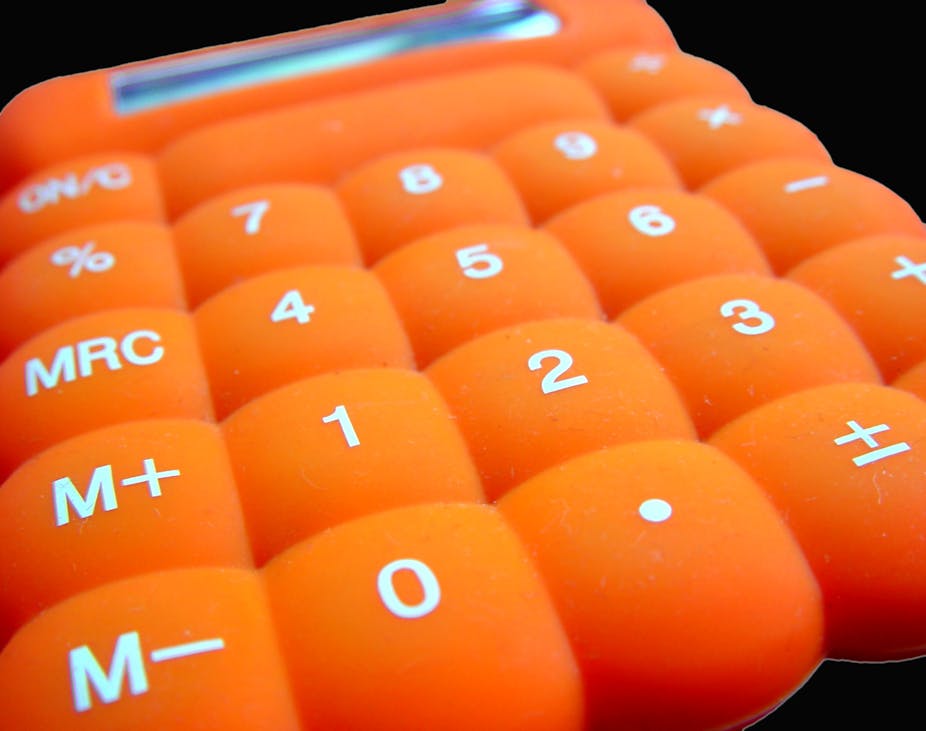Scientists in the US have developed a calculator from living cells, using old-fashioned analog programming. Their hope is that the technology could be used in the future to program cells to kill cancer.
Researchers have previously built electronic circuits using living cells. They achieved this by forcing living cells to behave in binary (digital) systems. But this is not energy efficient. And many cells are required to implement simple functions that transistors, the basic units of electronic circuits which are ten times smaller than a cell and more reliable, can perform.
Instead analog technology, which uses not just two states like digital but many, could be used to make cells do more complex tasks. Rahul Sarpeshkar, of the Massachusetts Institute of Technology, realised that chemical reactions inside a living cell are also analog in nature.
Chris Myers at the University of Utah, who like Sarpeshkar is an electrical engineer working on biological systems agrees. “Natural systems are more analog than digital,” he said. “They are also a million times more power efficient than our electrical systems despite using very poor components that produce lots of noise.”
Sarpeshkar, whose work has been published in the journal Nature this week, chose the bacteria Escherichia coli, commonly known by its abbreviation as E. coli, to make his calculator. For building it, he needed to create a way to input numbers, a program to execute the calculations and a way to count the output. All three of those functions would occur in living cells via chemical reactions.
The program for performing calculations was coded in synthetically made plasmids, which are circular DNA molecules, and injected into the bacteria. These plasmids, also called genetic circuits, have the ability to turn certain genes on or off. This starts a cascade of chemical reactions, eventually leading to the production of proteins.
Sarpeshkar’s E. coli cells were designed to produce proteins tagged with a fluorescent dye in response to the plasmids. These proteins could then be “counted” based on the amount of light they emitted when a laser activated the dye. Their calculator could perform addition, division and power-law computations.
Sarpeshkar’s aim is not to build computers using cells. That would be an inefficient use of the technology. Instead, Sarpeshkar said, “In the future, we may build more complex circuits that ‘compute’ whether a cell is cancerous or not and destroy it if it is.”
There have been preliminary studies where genetic circuits put into bacteria can communicate within a population of cells. That population can then sense their environmental condition and decide to perform a response. This means Sarpeshkar’s plan to kill cancer cells using cells that can compute may not be as far-fetched as it might seem.

